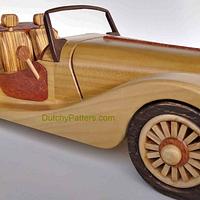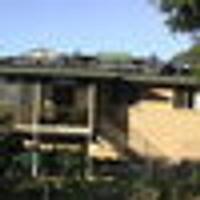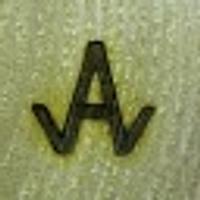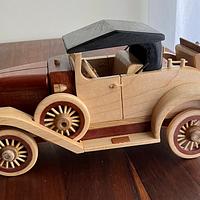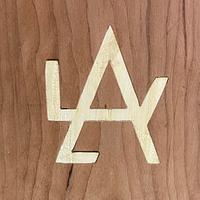Share your craft projects
Make new craft buddies
Ask craft questions
Blog your craft journey
Craftisian Blogs
view blog series
From time to time I'm asked how I made some stuff for my models. In this series I will make a blog per component.
I will start with the axle cabs...
I logged in today and was surprised to see Bob Puttman shown in Members Spotlight
[Grizzman.png]
A bit of an Opps to say the least.
Martin/Debbie ...
Let me know if still not working
I’ve been working on the first (passenger side) body side panel, the second (driver’s side) panel, and the tailgate forms all at the same time. So...
There are lots of good ideas/techniques and lot of good home made tools used in making the lamp in this video. I thought it would be good to share ...
I did a review of this gadget a while back. Since then, I have used it for a number of projects and like it even more.
Here is the link to my e...
[Yummy Christmas.png]
Boys and Girls,
Little to do with woodworking other than most of the execution was made on a charc… cutting board… honesty ...
Decided I should take the last step to screw the base to the box to make sure that worked OK. Good idea as it did not go as planned...sigh...
For...
I got this entire blog done and lost the lot, so several days later take two......
Not 100 percent but I think this is some type of Oak I decided ...
EDIT: I change the name to reflect the actual purpose of the post
Let's Make Some Boxes
So we all make boxes, right. There are all kinds. Fancy...
I had glued up the "extra" pieces on the sides.
[Screenshot_20250318_171934_Gallery.jpg]
Had to clean up but still have pretty good grain flow.
...
After discussing the base with my "client" (my husband), I'm going with a combination of maple with the walnut I had left from the project. This w...










